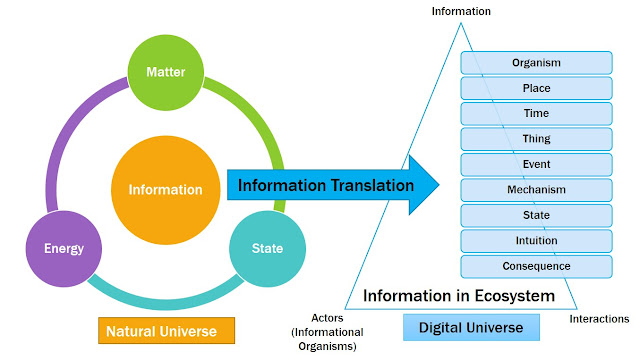Adopting Agility in Large and Complex Organizations: The Agility Adoption and Improvement Model (AAIM V2.0)
The adoption of agile software
development practice and tools is challenging. It would be appropriate to
gradually introduce and improve agile practices and tools into large and complex
software intensive organizations. The Agility Adoption and Improvement Model
first first developed and published in 2007 and then was updated in 2010 as "AAIM Version 2.0". AAIM V2.0 has been developed based on the intensive research in agile
adoption @ a large scale. The AAIM can be used as a roadmap or guide for agile transformation. Organizations
or teams can adopt and improve agile people, practices and tools environment in order to achieve specific agile level(s) (e.g. focus one level at a time). This article describes
the six stages or levels of the AAIM V2.0.
The
Agility Adoption and Improvement Model Version 2.0 (Copyright Asif Q. Gill)
The AAIM is structured into white, green and black blocks and 6 levels
(from 0 to level 6 – Tentative to Progress). Each agile level has a name and
specifies the lean agile principles to follow in order to achieve the
particular level. Continuous improvement is integral to each level. The
achieved lean agile level shows the lean agile maturity of an organisation or
team.
Tentative (Level 0): This level is focused on establishing an
experimental environment by experimenting with some of the agile practices, roles and
tools. Based on this initial experience, communicate the perceived advantages
of agile to senior management for seeking their support to begin with the
systematic agility adoption.
Infancy – Level 1: This level is focused on establishing a
foundation by adopting a basic elementary set of agile principles, practices
, roles and tools to support the iterative and incremental test-driven development
(evolutionary environment).
Initial – Level 2: : This level is focused on establishing a
collaborative environment by adopting agile
principles, practices, roles and tools to support and enable face-to-face (virtual or
physical) communication and collaboration within and among the teams and internal
and external shareholders.
Realization – Level 3: This level is focused on establishing a
simple result focused environment by adopting agile principles, practices, roles and
tools to foster the production of the executable artifacts with minimal and
reduced documentation. This is an advanced agile level and the teams who are
not accustomed working with less documentation would find it challenging. This
level could only be achieved if there is a well-established
communication-oriented culture in the organization (e.g. established at level 2).
Value – Level 4: This level is focused on establishing a
self-organizing people focused environment by adopting agile principles,
practices, roles, and tools (e.g. the core of agile is grounded in valuing people: self-management, self-organization).
Smart – Level 5: This level is
focused on establishing a knowledge focused environment by adopting agile
principles, practices, roles and tools to support and enable knowledge management and
innovation beyond the scope of an individual project and team.
Progress – Level 6: This level is focused on establishing a
continuous improvement by sustain and continuously improving.
Conclusion
No single agile framework or method is a silver bullet. We should not too much focus on mechanically adopting only one agile framework end to end such as Scrum or XP rather we should focus on establishing and harvesting lean agile mind set, values, principles, thinking, practices, roles, tools and culture by using some kind of road map or adoption model.
Let the team to Assess, Tailor, Adopt and Improve their own agile method suitable to their needs, context or project. Avoid imposing "Agile" on teams and focus on more "Facilitating and Guiding" teams with appropriate "Reward and Incentive Program" in their agile transformation journey.
Asif
References:Asif Quner Gill, Brian Henderson-Sellers and Tom McBride (2007). Agility Adoption and Improvement Model, EMCIS 2007.
Asif Qumer Gill (2010). A Framework to Assist in the Assessment and Tailoring of Agile Software Development Methods, PhD Thesis, UTS.




Comments
Post a Comment